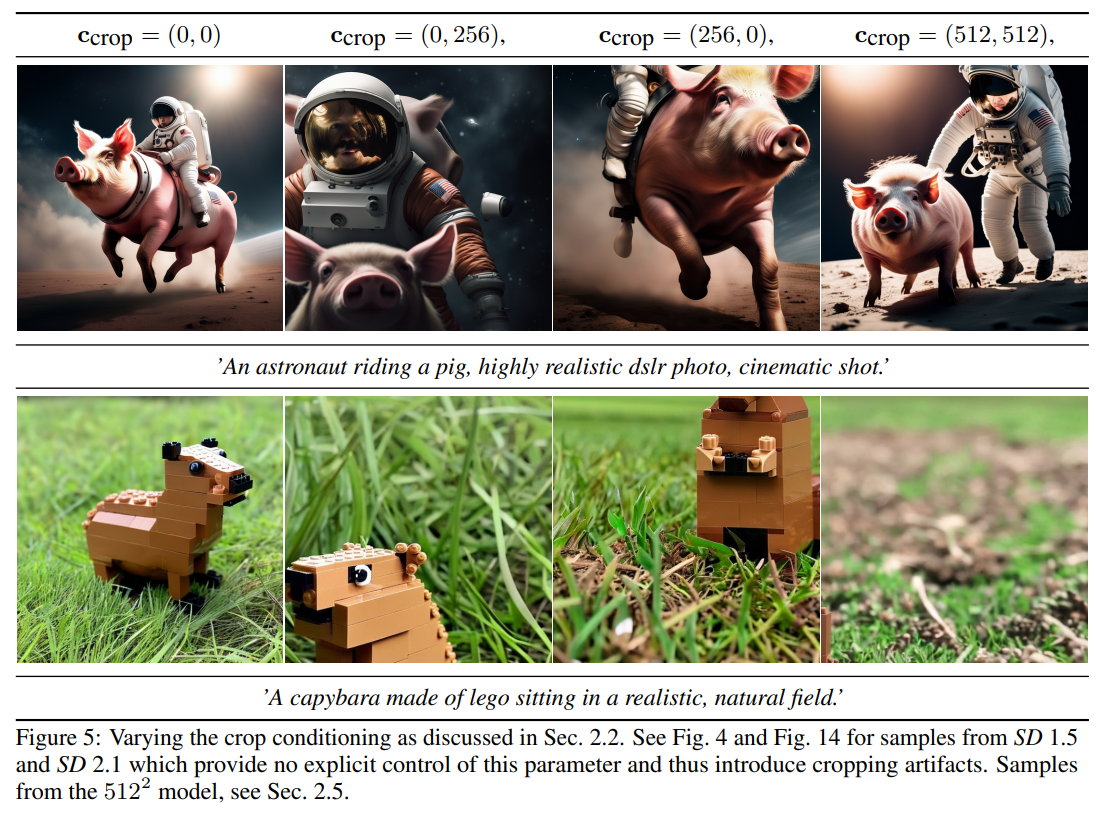and the distribution of digital products.
Multi-Aspect Training: Adapting SDXL for Real-World Image Diversity
:::info Authors:
(1) Dustin Podell, Stability AI, Applied Research;
(2) Zion English, Stability AI, Applied Research;
(3) Kyle Lacey, Stability AI, Applied Research;
(4) Andreas Blattmann, Stability AI, Applied Research;
(5) Tim Dockhorn, Stability AI, Applied Research;
(6) Jonas Müller, Stability AI, Applied Research;
(7) Joe Penna, Stability AI, Applied Research;
(8) Robin Rombach, Stability AI, Applied Research.
:::
Table of Links2.4 Improved Autoencoder and 2.5 Putting Everything Together
\ Appendix
D Comparison to the State of the Art
E Comparison to Midjourney v5.1
F On FID Assessment of Generative Text-Image Foundation Models
G Additional Comparison between Single- and Two-Stage SDXL pipeline
2.3 Multi-Aspect TrainingReal-world datasets include images of widely varying sizes and aspect-ratios (c.f. fig. 2) While the common output resolutions for text-to-image models are square images of 512 × 512 or 1024 × 1024 pixels, we argue that this is a rather unnatural choice, given the widespread distribution and use of landscape (e.g., 16:9) or portrait format screens.
\

\

\

\ In practice, we apply multi-aspect training as a finetuning stage after pretraining the model at a fixed aspect-ratio and resolution and combine it with the conditioning techniques introduced in Sec. 2.2 via concatenation along the channel axis. Fig. 16 in App. J provides python-code for this operation. Note that crop-conditioning and multi-aspect training are complementary operations, and crop-conditioning then only works within the bucket boundaries (usually 64 pixels). For ease of implementation, however, we opt to keep this control parameter for multi-aspect models.
\
:::info This paper is available on arxiv under CC BY 4.0 DEED license.
:::
\
- Home
- About Us
- Write For Us / Submit Content
- Advertising And Affiliates
- Feeds And Syndication
- Contact Us
- Login
- Privacy
All Rights Reserved. Copyright , Central Coast Communications, Inc.